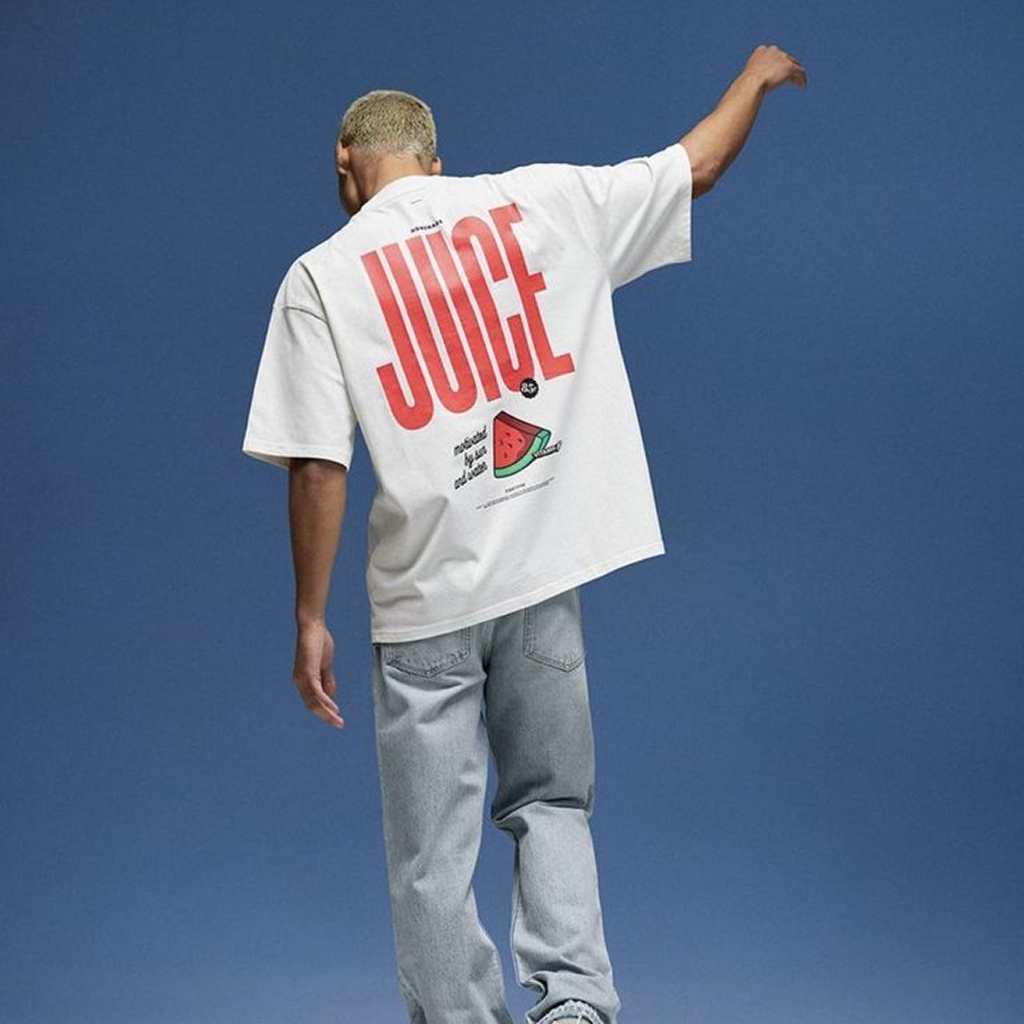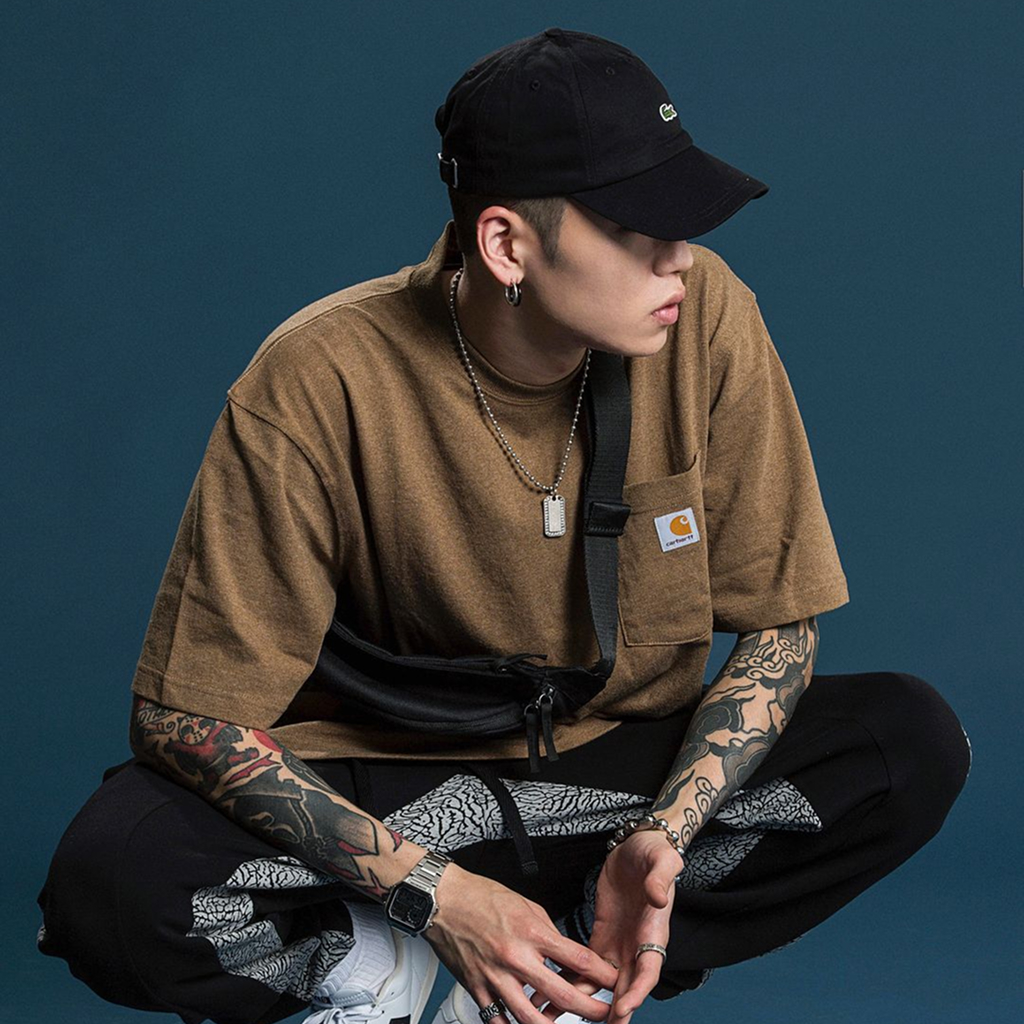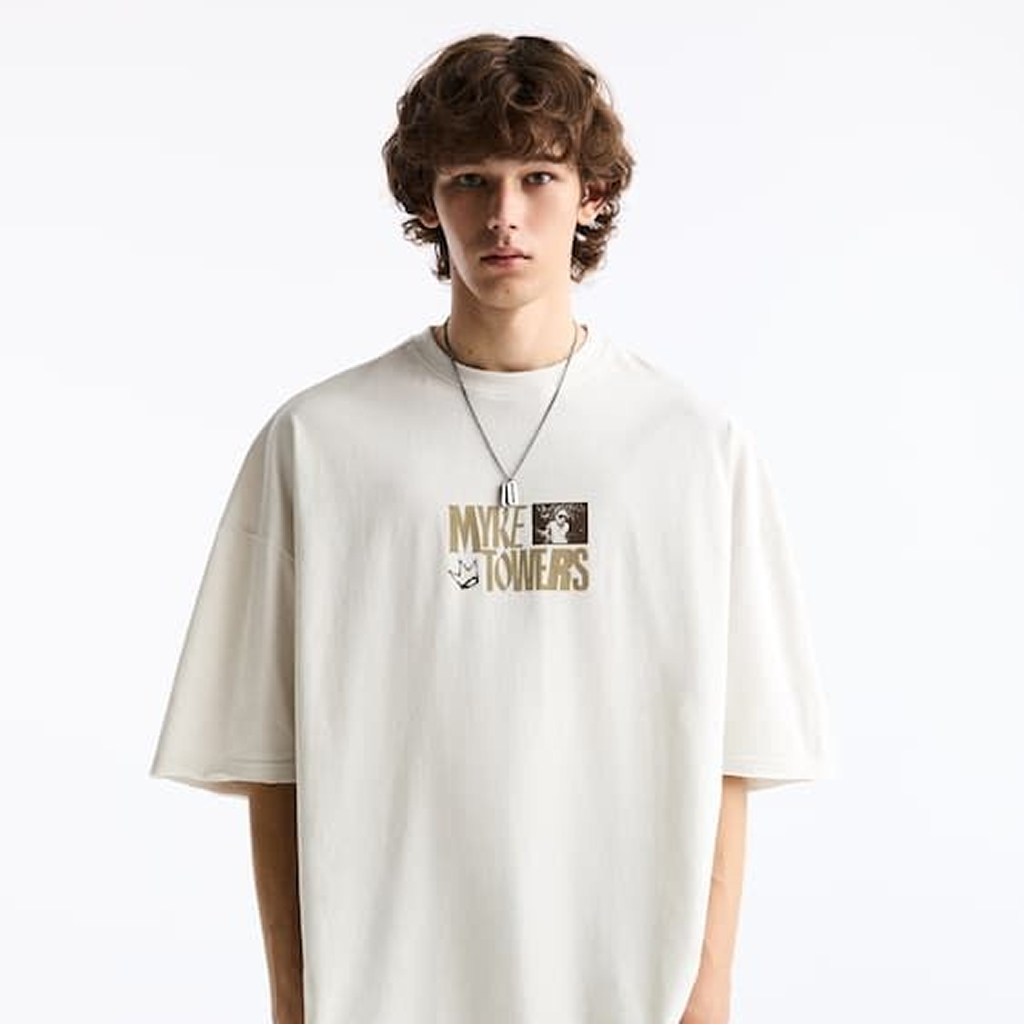Fashion has always been about more than just clothing—it is a way to communicate identity, beliefs, and creativity. Among the many garments that allow personal expression, the graphic T-shirt stands out as one of the most democratic and influential. Unlike plain basics, graphic tees carry words, images, and symbols that speak directly to the world. They are both fashion and storytelling, turning every outfit into a message.
From their humble beginnings as band merchandise and protest tools to their current status as luxury fashion pieces, graphic T-shirts have become one of the most powerful ways people express themselves through style.
The Early Days: Band Tees and Counterculture
The roots of the graphic T-shirt can be traced back to the mid-20th century, when musicians and counterculture movements began using the garment as a form of promotion and self-expression. In the 1960s and 1970s, band tees became a badge of honor for fans. Wearing a Rolling Stones or Led Zeppelin T-shirt wasn’t just about clothing—it was about belonging to a community, identifying with a sound, and declaring loyalty.
Similarly, counterculture movements like the hippie and punk scenes adopted graphic T-shirts to communicate rebellion and nonconformity. Punk tees often featured DIY designs, ripped fabrics, and provocative slogans, while tie-dye shirts from the hippie era reflected peace, love, and psychedelic experimentation. The T-shirt had officially become more than just fabric—it was a language.
Political Slogans and Protest Tees
As the T-shirt became recognized as a cultural canvas, activists began using it to spread messages. Slogan tees became powerful tools in movements ranging from civil rights to feminism. In the 1980s, designer Katharine Hamnett famously wore a T-shirt with bold, block letters stating, “Choose Life,” which quickly became iconic.
The accessibility of T-shirts made them especially effective as political tools. They were affordable, widely available, and visible in everyday life. Whether fighting against nuclear weapons, promoting environmental awareness, or supporting LGBTQ+ rights, graphic tees gave voice to social change.
The Rise of Streetwear and Logos
By the 1990s, graphic T-shirts began crossing into the realm of streetwear, driven by hip-hop culture, skateboarding, and graffiti art. Brands like Supreme, Stüssy, and A Bathing Ape (BAPE) transformed graphic tees into fashion must-haves, often incorporating bold logos and limited-edition prints.
Streetwear elevated the T-shirt from a casual garment into a collectible piece. Wearing the right graphic tee became a symbol of belonging to an in-the-know community. Logos became status symbols, and graphic T-shirts were no longer just about self-expression—they were about cultural capital.
Graphic Tees in High Fashion
What once belonged to underground culture has now been embraced by luxury fashion houses. Brands such as Gucci, Balenciaga, and Dior have all released high-end graphic tees, often priced in the hundreds of dollars. They use everything from vintage-inspired logos to political statements, proving that graphic tees have firmly entered the luxury conversation.
Collaborations have also been pivotal in pushing graphic T-shirts into high fashion. Supreme’s collaboration with Louis Vuitton in 2017 is one of the most notable examples, merging streetwear’s graphic-heavy aesthetic with luxury branding. These tees became instant collector’s items, blurring the lines between casual wear and couture.
The Power of Personal Identity
At the heart of the graphic T-shirt’s appeal is its ability to reflect individuality. Unlike plain clothing, graphic tees say something specific about the wearer—what music they like, what causes they support, what humor they enjoy, or what art inspires them.
For example, a vintage Nirvana tee might signify nostalgia for the grunge era, while a minimalist brand logo tee might suggest an affinity for modern streetwear culture. Even graphic tees featuring anime, video games, or pop-culture references reveal aspects of identity.
This accessibility makes the graphic T-shirt universal. Anyone, regardless of age or income, can find a graphic tee that aligns with their personality. It’s one of the rare fashion items where luxury buyers and budget-conscious shoppers often overlap in taste.
Styling Graphic Tees: From Casual to Statement
Graphic tees are highly versatile in modern fashion. Here are some popular styling approaches:
- Casual Everyday Look: A vintage graphic tee with ripped jeans and sneakers for a laid-back vibe.
- Layered Streetwear: Oversized graphic tee paired with hoodies, cargo pants, and chunky sneakers.
- High-Low Mix: A bold designer graphic T-shirt styled with tailored trousers or skirts to create a fashion-forward contrast.
- Feminine Edge: Tucking a colorful graphic tee into a flowy skirt with heels or boots.
- Minimalist Statement: Wearing a monochrome graphic tee under a sleek blazer for a subtle but modern look.
Each approach demonstrates the versatility of graphic T-shirts—they can be as playful or as sophisticated as the wearer desires.
Cultural Longevity and Future Trends
Graphic T-shirts continue to evolve, especially in the digital age. Today, artists, brands, and independent creators use social media and e-commerce platforms to design and sell their own T-shirts globally. The rise of direct-to-consumer platforms like Etsy and print-on-demand services means anyone can turn their ideas into wearable fashion.
The future of graphic tees may lean toward sustainability, with more consumers demanding eco-friendly fabrics and ethical printing methods. Additionally, the growing influence of digital art and online communities suggests that graphic tees will continue to act as cultural snapshots, capturing the zeitgeist of each generation.
Why Graphic Tees Will Always Matter
At its core, the graphic T-shirt is more than clothing—it is a form of communication. It has the unique ability to blend fashion, culture, and identity in a single garment. From rebellious slogans to artistic visuals, from band merchandise to luxury collaborations, graphic tees are timeless because they give people a voice.
Unlike other fashion pieces that may lose relevance, graphic T-shirts continually adapt to the moment. They are wearable diaries, cultural posters, and personal billboards. Whether you wear one to honor a band, support a movement, or simply showcase your favorite artwork, you are making a statement. And that is why graphic tees will never go out of style.



